HDC Spotlight: Nicky Gillies, MS, NIC
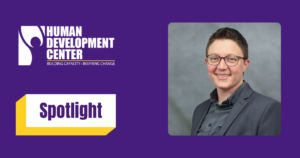
DeafBlindness affects more than 10,000 children between birth and 21 years of age in the United States, and has over 70 known causes, including Usher’s syndrome, CHARGE syndrome, meningitis, and rubella. Nicky Gillies, MS, NIC and the Louisiana DeafBlind Project (LADBP) work with families and school districts to ensure that they are providing the best supports for children and youth that address deafblindness as a unique disability as well as any other disabilities that may be present.
Q: Tell me what the Louisiana DeafBlind Project for Children and Youth (LADBP) does.
Nicky: We support students aged 0-22 throughout the state of Louisiana who have deafblindness. We provide support to their families and educational guidance to the providers and school districts who work with them.
Q: And what do you do as the Coordinator of Outreach and Education?
Nicky: I work with families of students with deafblindness to make sure they have access to resources and networks of support. Parents and students may have questions about deafblindness and I put them in touch with people who can answer their questions and programs that provide additional assistance.
We also support Early Steps providers and teachers by providing training on accommodations and educational strategies that can be useful for students with deafblindness. As needed, we offer informal consulting to special educators, related service personnel, Early Steps providers, and transition programs to build their skillset in supporting students with deafblindness.
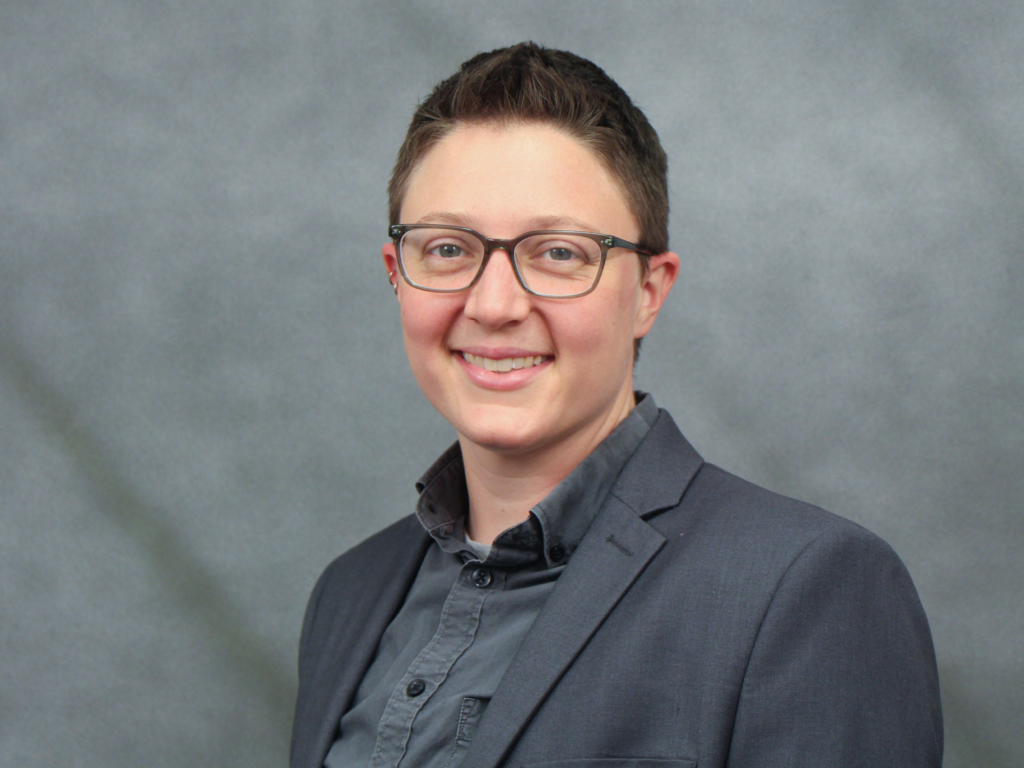
Q: The LADBP also maintains the Louisiana DeafBlind Registry. Tell me more about this.
Nicky: Yes, we maintain a registry of children and young adults (ages 0-22) that qualify as having deafblindness. In fact, LADBP is charged with maintaining that registry by the Office of Special Education Programs (OSEP), which is our federal funder.
Because so many students who qualify as deafblind often have other disabilities or are not necessarily classified in their educational environment as deafblind, the U.S. Department of Education realized that they need programs specifically designed to identify and provide support to deafblind students. Thus, the LADBP team is charged with reporting that data to the U.S. Department of Education annually.
In this process of identifying kids with deafblindness, we are able to provide support to their families, the districts where they go to school, and/or the EarlySteps providers that see them. If the identified students are done with high school, we can also provide transition support to help them look for appropriate services after high school, like higher education or employment.
Q: For those who don’t know, can you give a definition of DeafBlindness.
Nicky: I can! In the world of special education, deafblind is defined very broadly as any combination of hearing and vision loss. Many people think deafblindness means someone who’s totally deaf or totally blind. Many people think of Helen Keller, who is the historical example of a deafblind person, but actually most children and youth on our registry have either some functional hearing or some functional vision or both. So deafblind is actually a really, really big umbrella that just includes people with atypical vision and atypical hearing.
Because vision and hearing are our distance senses to give us information about the environment and other people, someone with deafblindness is going to need accommodations and supports to access this information.
Being deafblind is primarily a barrier of access to information and to the environment. There’s a lot of different strategies that people can use to support communication development, learning social and emotional development, and environmental awareness – all of that.
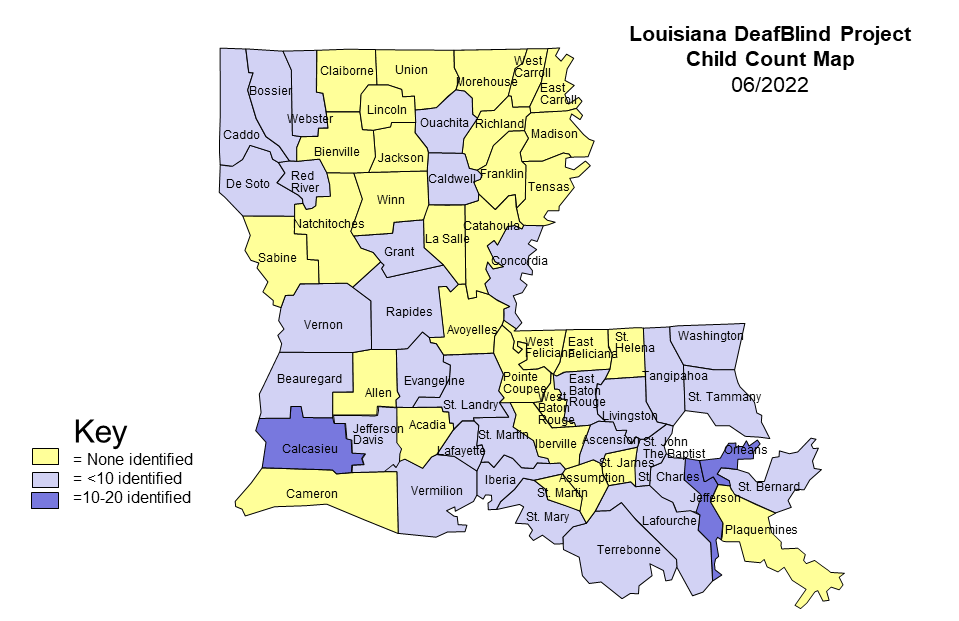
Q: Does being identified with deafblindness help in overcoming those barriers?
Nicky: Absolutely! Yes, because a lot of strategies that you might see broadly used in special education are not necessarily going to work for a student who’s deafblind, depending on their specific sensory access and their specific disability. Many teachers have not worked with a deafblind student before and it’s a disability that’s unique to each student in terms of what their deafblindness looks like and how it affects them.
That’s why it’s so important that we identify these kids and help the people working with these students understand what their sensory access to the world is. Then build service providers’ skills in providing modifications and adaptations so that the students can succeed to their fullest potential.
Q: What are some supports that a teacher can provide for students with deafblindness?
Nicky: That’s a great question. I think the first thing is to figure out how a student is using their hearing and vision – if they are. When students who have intellectual or developmental disabilities and also have deafblindness, their deafblindness is sometimes overlooked. It’s important to understand, first of all, what the student’s hearing and vision is in order to design educational programming that’s appropriate and accessible to them.
When a student has been identified as deafblind, I think the biggest foundation for learning is communication. From day one, it’s really important to make sure that students have access to both receptive and expressive communication – meaning, understanding what’s being communicated to them or what’s happening in their environment and being able to express their needs and wants and dreams and ideas and questions, which is really, really important.
For some students, that means learning American Sign Language or tactile American Sign Language, using an augmentative alternative communication device, or making sure they have adequate amplification to use when speaking and listening.
It really depends on each student, but students might use touch cues and object cues in their environment to start to build those communication skills.
There’s a huge range of what communication can look like for deafblind students, but I think communication is absolutely the most important thing because all learning is based on communication.
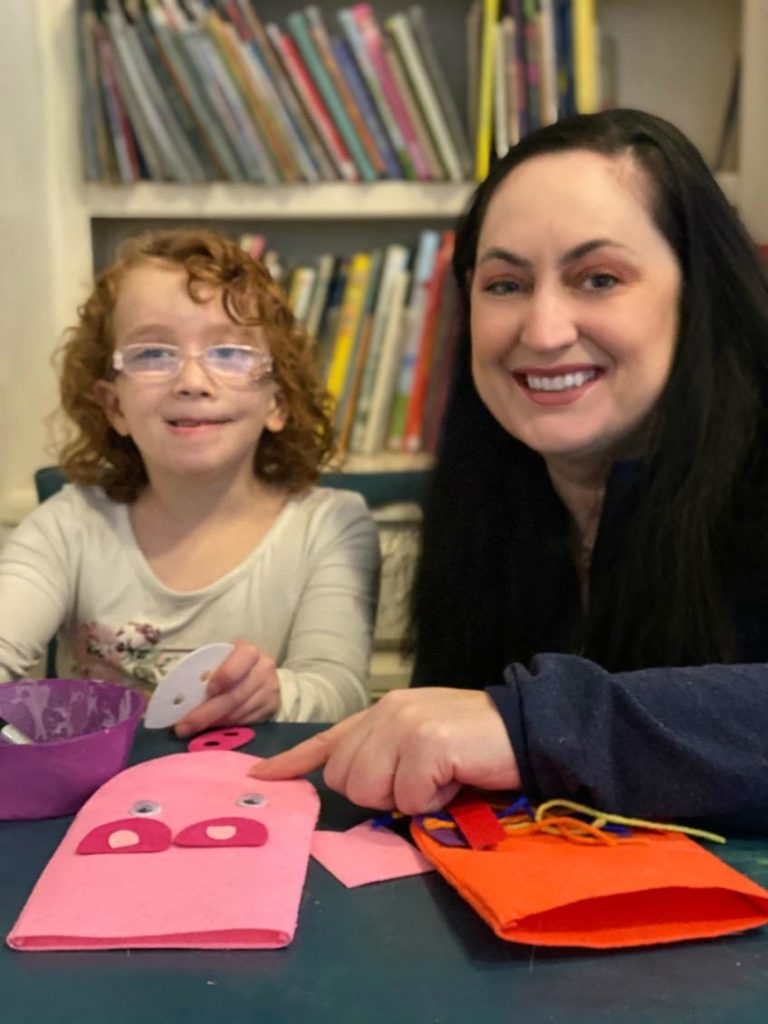
Q: With DeafBlind Awareness Week coming, is there something you think the world should know about deafblindness?
Nicky: I think it’s important that people know that deafblindness encompasses a huge diversity of disability, experiences, and access needs.
In my experience, no two students with deafblindness are alike, and that’s why it’s really important that, as providers and educators working with deafblind students, we get to know the individual and what their particular experience is. Find out what is the best way for them to access their world. Don’t make assumptions, but let the individual show us what it is that they need to be successful.
Q: Who are your favorite DeafBlind icons that are not Helen Keller?
Nicky: Yes, thank you for asking that! Haben Girma is the first DeafBlind person to graduate from Harvard Law School. She is a human rights lawyer advancing disability justice. In fact, President Obama named her a White House Champion of Change.
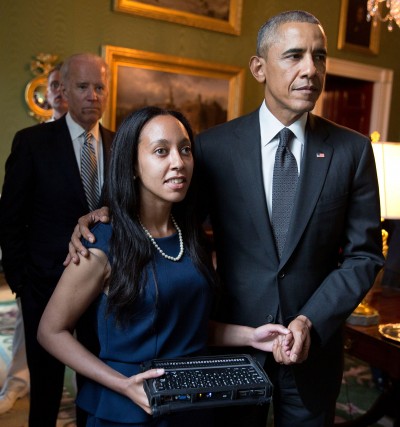
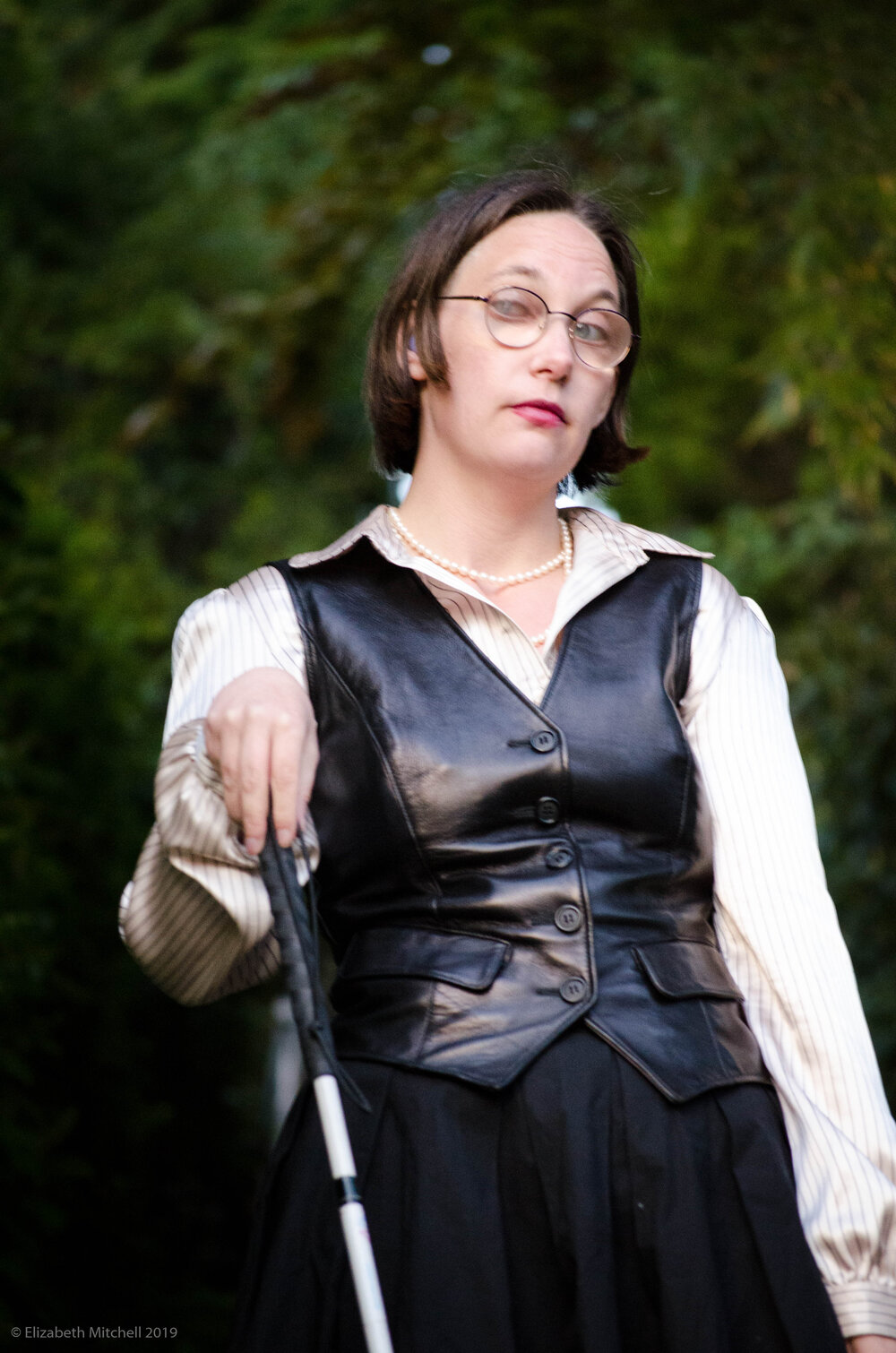
Another deafblind icon is Elsa Sjunneson who is a professor, memoirist, and speculative fiction writer. She was recently interviewed in a super interesting RadioLab piece about the mythology of Helen Keller and how the world’s perception of her shadowed Elsa’s life as a DeafBlind person. She also recently wrote a memoir that came out last year called Being Seen. Oh, she is super cool.
Another really good article to share is from The New Yorker about the development of ProTactile ASL, which is like a touch-based language beyond tactile sign language. It’s a full-body touch-based type of communication that’s becoming recognized as its own language in the DeafBlind community. The ProTactile movement was spearheaded by aj granda and Jelica Nuccio, who are both Seattle-based DeafBlind leaders. The article is called “DeafBlind Communities May Be Creating a New Language of Touch” and can be read here: https://www.newyorker.com/culture/annals-of-inquiry/deafblind-communities-may-be-creating-a-new-language-of-touch
Q: Last question, what does Building capacity. Inspiring change. mean to you?
Nicky: To me, building capacity is really about providing information to school districts so that they can support parents who will be better able to advocate for their child with deafblindness. Because no one knows that child better than their parents.
When we provide parents with information and support, our hope is that parents will go on to become leaders, both for their child and for other students with deafblindness that come after. Thus, inspiring change in the education system.
Q: Any last comments you’d like to make?
Nicky: We love working collaboratively and welcome more opportunities to connect with fellow HDC programs and other organizations. LADBP works statewide with individuals who are 0-22 in age so we can be a resource to a lot of programs.
Q: Where does someone go to collaborate or sign-up for LADBP services?
Nicky: I encourage anyone to reach out and email me at ngilli@lsuhsc.edu. Whether or not someone fits within the scope of LADBP, we can still provide resources, referrals, and other support.
About Louisiana DeafBlind Project for Children and Youth
Louisiana DeafBlind Project for Children and Youth identifies and supports students (birth to 22-years) with varying degrees of combined hearing and vision losses. They provide, family support and training, educational guidance, transition planning, professional development and other services to families, service providers, and school districts.

 myLSUHSC
myLSUHSC